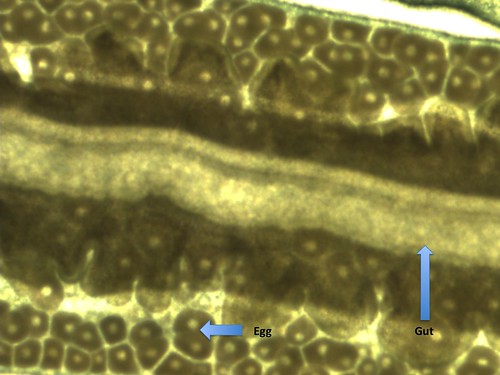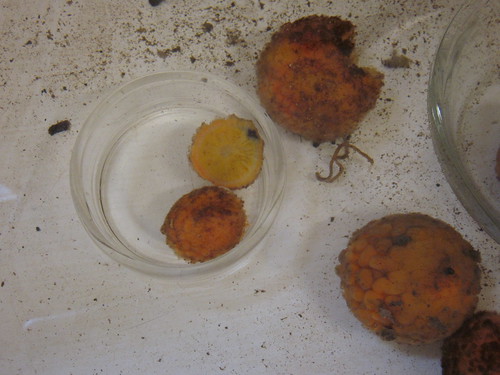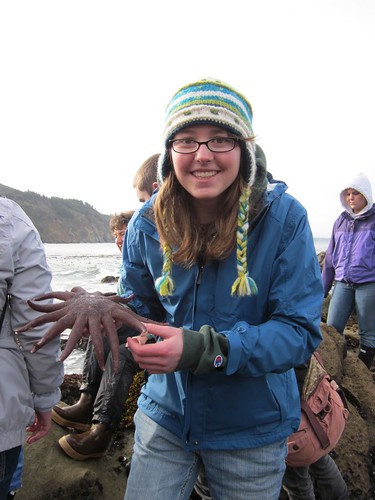I’m writing today not from the northern Oregon coast—where I spent the last year as a Natural Resources Policy Fellow at the Tillamook Estuaries Partnership—but from Raleigh, North Carolina. It’s different here, of course. From what I’ve seen so far, it’s significantly cheaper and significantly warmer. You can get a plate of hush puppies for fifty cents, beautiful bright red cardinals hop from branch to branch, and strangers about your mom’s age casually call you “honey.” But like Oregon, it’s a lush, green place invested in and dependent on its natural resources, coastal resources included. Sea Grant, the National Estuary Program, and the National Estuarine Research Reserve all have active, large branches in North Carolina. In addition, both Duke University and the University of North Carolina Chapel Hill operate marine labs out on the coast.
But I am not here to work for any of these fine institutions. Thanks to a fellowship with the American Association for the Advancement of Science (AAAS), I will be spending the summer at the Raleigh News and Observer as a science reporter. Every summer for over forty years, AAAS has placed current or recent science graduate students at newspapers, magazines, radio stations, and other media outlets. I am lucky enough to be one of 20 students or near-students (I actually graduated with my Master’s in March of 2014) selected this year.
Although I expect to cover a wide variety of science stories, after a year working for TEP and Sea Grant, I’m curious about the environmental issues faced by this coastal state. Like TEP, the Abermarle-Pamlico National Estuary Partnership seeks to monitor and restore its watershed and to encourage public participation in that process. In fact, the APNEP Comprehensive Conservation and Management Plan reads very familiar. Like TEP, this estuary partnership seeks to rehabilitate an estuary from the effects of “forestry, farming, industry, mining, and development” and is working to improve anadromous fish passage, wetland function, riparian plant communities, public access to waterways, and landowner education about nutrient management. In other words, concerned citizens 3,000 miles away from each other are working on solutions to many of the same problems. Whether or not I am able to write about this topic for the News and Observer, this is the kind of connection I want to highlight in my future career as a writer.
Thanks to Oregon Sea Grant for putting me in action this past year at an agency working to effect change; now I will be reporting on such agencies. I believe my experience as a Natural Resource Policy Fellow will help me become a critical, accurate, curious, and well-informed science writer—this summer and wherever I find myself afterwards.





